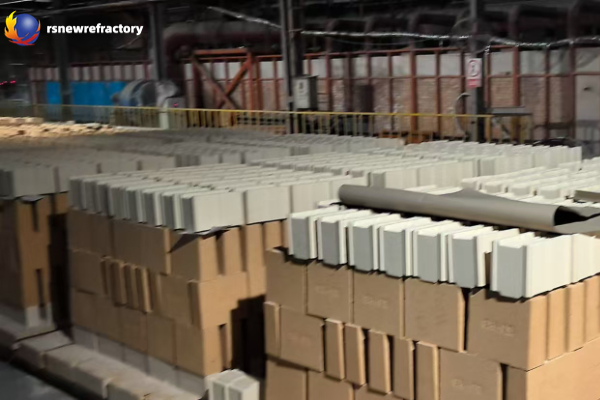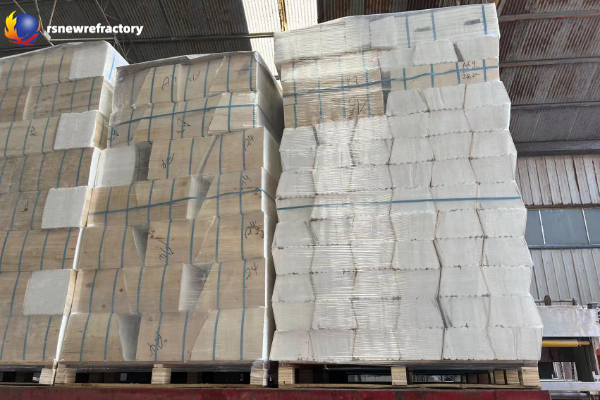Storage methods of different types of refractory materials
The storage method of refractory materials is crucial to ensure their quality and performance. If stored improperly, refractory materials may be affected by moisture, pengoksidaan, contamination, or mechanical damage, which will affect their use effect. The following will introduce the storage principles, langkah berjaga-berjaga, and common problems of different refractory materials to help you better manage and protect these high-temperature-resistant materials.
Main types of refractory materials and storage requirements
Storage method of refractory bricks

Storage requirements: should be placed in a dry and ventilated room to avoid moisture and rain.
Stacking method: wooden pallets or cushions should be used when stacking to prevent direct contact with the ground to absorb moisture.
Damage prevention: avoid stacking too high to prevent breakage, especially for brittle bata tahan api seperti bata silika.
Casting materials, spray coatings, ramming materials
Sealed storage: It should be stored in a well-sealed moisture-proof bag to avoid moisture or agglomeration.
Temperature control: Try to store it in an environment of 5℃-30℃ to avoid high or low temperatures that affect its performance.
Avoid long-term storage: Refractory materials such as castables and spray coatings usually have a shelf life (biasanya 3-6 bulan) and should be used as soon as possible.

Refractory plastics, refractory clay
Prevent air drying: This type of material contains a certain amount of moisture, so it should be sealed during storage to prevent moisture evaporation and hardening.
Avoid direct sunlight: It should be placed in a cool, ventilated place to avoid long-term direct sunlight that may cause moisture loss.
Ceramic fiber materials
Prevent moisture: Ceramic fiber materials are easy to absorb moisture, so they need to be placed in a dry warehouse and sealed with plastic packaging.
Avoid compression deformation: When storing products such as ceramic fiberboard, pay attention to storing them flat or upright to avoid deformation caused by heavy objects that affect construction.

There are many types of refractory materials, and different types of materials have different requirements for storage environments. When purchasing refractory products, they should be stored according to the storage recommendations given by the supplier, and the use conditions should also be paid attention to during construction.
 Kilang Refraktori Rongsheng
Kilang Refraktori Rongsheng
WeChat
Imbas Kod QR dengan wechat